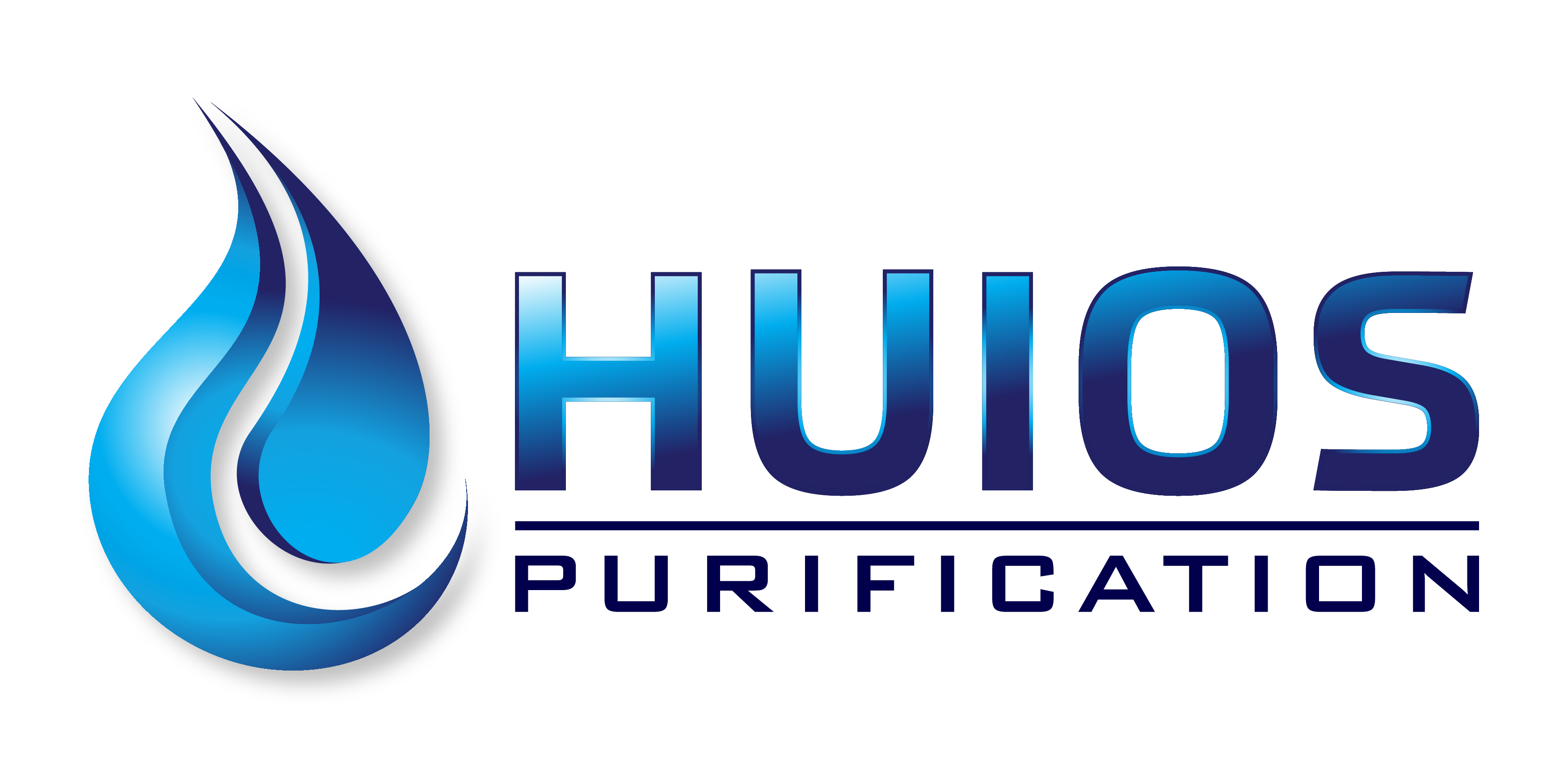Water Filtration & Purification – What You Need to Know
What is Water Filtration?
Filtration simply means straining out impurities. Think of it as running water through a sieve — it catches particles like sand, dirt, or rust, but doesn’t necessarily remove chemicals or invisible contaminants.
What is Water Purification?
Purification goes further. It’s the process of removing chemicals, biological contaminants, and dissolved solids, giving you cleaner, safer water. Filtration is step one; purification is the full journey to purity.
Common Water Treatment Methods
1. Boiling (The Old-School Way)
Humans have been boiling water for centuries to kill microbes.
Humans have been boiling water for centuries to kill microbes.
How it works: At the first bubble, most bacteria and protozoa die. A full 3 minutes ensures almost all microbes are gone.
Drawbacks: Needs fuel, takes time to cool, water may taste flat, and it won’t remove chemicals, heavy metals, or dirt. Useful in emergencies, but not practical for everyday household use.
2. Chemical Treatment (Municipal Method)
Most city water is treated with chemicals.
Most city water is treated with chemicals.
How it works: Raw water from rivers/dams is filtered, then disinfected with chlorine or chloramine (chlorine + ammonia). These stay active in water for hours to days, keeping bacteria in check.
Other additives: Calcium hydroxide (lime) and carbon dioxide help balance water chemistry.
The catch: While effective against microbes, chemical treatment can leave a taste or odor — and it doesn’t remove everything.
3. Physical Treatment Methods
a) Micro-Filtration
• Membrane pores: 0.1 to 5 microns.
• Removes: bacteria, blood cells, fine dust, flour-like particles.
• Doesn’t catch: viruses, dissolved chemicals, or salts.
• Membrane pores: 0.1 to 5 microns.
• Removes: bacteria, blood cells, fine dust, flour-like particles.
• Doesn’t catch: viruses, dissolved chemicals, or salts.
b) Ultraviolet (UV) Light
• Zaps microbes using specific wavelengths of light.
• Effective against bacteria, viruses, fungi, protozoa, and cysts.
• Limitations: Needs clean water to work well, won’t remove chemicals, heavy metals, or sediments.
• Zaps microbes using specific wavelengths of light.
• Effective against bacteria, viruses, fungi, protozoa, and cysts.
• Limitations: Needs clean water to work well, won’t remove chemicals, heavy metals, or sediments.
c) Reverse Osmosis (RO) – The Gold Standard
• Uses a semipermeable membrane with pores as small as 0.0001 microns.
• Removes: salts, metals, bacteria, viruses, chemicals — almost everything but pure water molecules.
• Used globally for desalination and household purification.
• Best when paired with UV for total protection.
• Uses a semipermeable membrane with pores as small as 0.0001 microns.
• Removes: salts, metals, bacteria, viruses, chemicals — almost everything but pure water molecules.
• Used globally for desalination and household purification.
• Best when paired with UV for total protection.
The Hidden Enemies in Water
Not all contaminants are visible — or even detectable by taste or smell. Here’s what may lurk in untreated water:
• Cysts: Protective sacs from protozoa (2 to 50 microns). Tough to kill chemically, but easily filtered.
• Bacteria: Microscopic single-celled organisms (0.2 to 10 microns). Some helpful, others harmful (like E. coli).
• Viruses: The smallest of all (0.004 to 0.1 microns). Cause diseases and slip through most filters — except RO.
• Bacteria: Microscopic single-celled organisms (0.2 to 10 microns). Some helpful, others harmful (like E. coli).
• Viruses: The smallest of all (0.004 to 0.1 microns). Cause diseases and slip through most filters — except RO.
So, What’s the Best Solution?
For safe, great-tasting drinking water:
• Reverse Osmosis removes salts, metals, and microscopic contaminants.
• UV Light provides a final safeguard against any remaining microbes.
• UV Light provides a final safeguard against any remaining microbes.
RO + UV = The cleanest drinking water you can get.
Our Proprietary Water Handling Process
At our purification plant, we don’t just filter water — we carefully treat, purify, and handle it to ensure it reaches you hygienically and safely.
Here’s how we make sure every bottle is spotless:
1.) Customer Bottles Checked: Only containers suitable for purified water are accepted (5L, 10L, 20L, 25L, and 30L). Buckets or unsuitable bottles won’t be refilled.
2.) Rinsed with RO Water: Every bottle is emptied and rinsed with our purified Reverse Osmosis water.
3.) Filled with Fresh RO Water: After rinsing, bottles are filled with clean, purified water.
4.) Sanitized Exterior: Before returning the bottle, the outside is wiped with a food-safe disinfectant solution.
1.) Customer Bottles Checked: Only containers suitable for purified water are accepted (5L, 10L, 20L, 25L, and 30L). Buckets or unsuitable bottles won’t be refilled.
2.) Rinsed with RO Water: Every bottle is emptied and rinsed with our purified Reverse Osmosis water.
3.) Filled with Fresh RO Water: After rinsing, bottles are filled with clean, purified water.
4.) Sanitized Exterior: Before returning the bottle, the outside is wiped with a food-safe disinfectant solution.
This Clean-Chain Guarantee ensures your water is not only pure but also handled with care every step of the way.
Disclaimer: By proceeding with your purchase, you acknowledge that container cleanliness is your responsibility and indemnify HUIOS PURIFICATION (PTY) LTD, its directors, and staff from all claims that may arise.
